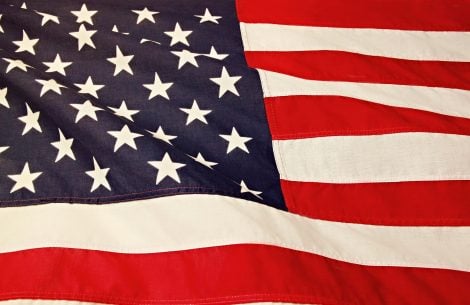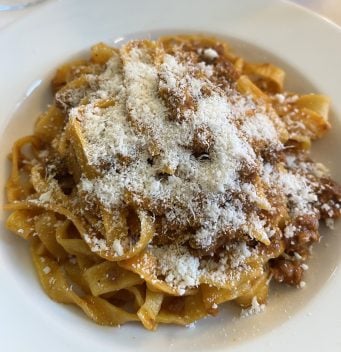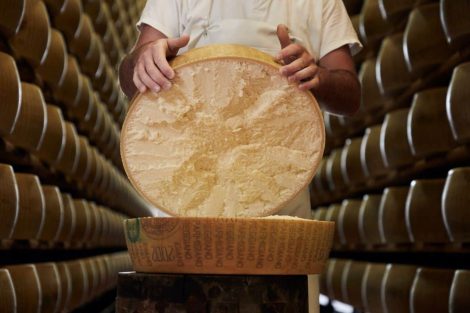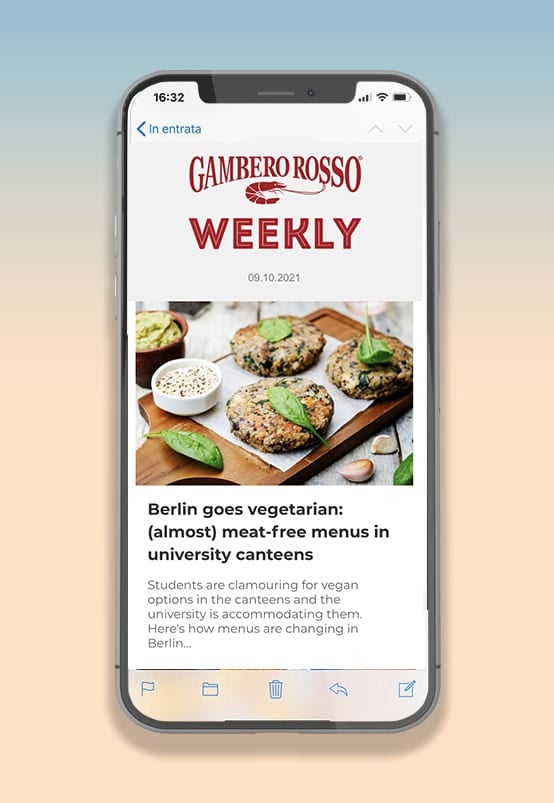"There are three main wine-consuming cities in Brazil," explains Monteiro. "The most important is definitely São Paulo – it’s the most cosmopolitan, international city with access to everything. Rio de Janeiro is probably second – it’s a bit like Miami, it’s very beach style and there are a lot of people with money! Then there’s Manaus, where there’s growing interest in wine."
Although she has lived in the UK for many years now, handling marketing for London merchant and wine bar operator Davy's, Monteiro still keeps a keen eye on how the wine market in her homeland is changing.
Education
For Monteiro, one of the key developments has concerned the teaching of wine.
"With the development of more wine education courses, the interest in wine is growing too," she says. "To simplify things, you could argue that the middle class in Brazil has been very similar to the middle class in China in that they want to show the wines – perhaps to a less dramatic extent in Brazil, but there is a similar consumerist mindset. People buy wines in order to show them off to their groups of friends."
“What has changed in recent years is the emergence of the new wine schools, which emphasise learning about wine because it is interesting, rather than schools which teach wine service to sommeliers," Monteiro continues. "You could do these courses as an amateur, but they were aimed at professionals, a more mature audience – when I did it, I was 30 and I was by far the youngest. The new schools, like Eno Cultura in São Paulo, which is one of the only schools in South America that can offer the WSET Diploma. These new schools have created a new category of younger people who are interested in wine."

Luma Monteiro
Taxes and tariffs
However, for wine-producing nations which want to export to Brazil, there is one big hurdle – tariffs.
According to the World Trade Organisation (WTO), Brazil's 2024 import duty tariff (the Mercosur Common External Tariff) sat at 27%, one of the highest baseline tariffs anywhere in the globe, and that's before further taxation at a national and regional level.
"If you buy wine from Mercosur member states, you have a reduction of taxes, so if you go to supermarkets in Brazil, the majority of the wines will be South American – you might find some Champagne too," Monteiro shares. "Sometimes it is also cheaper to go to Chile and buy the wines there and bring them back than it is to travel to the other side of Brazil!"
Wealthier Brazilians are also keen wine travellers, as Monteiro observed on a recent trip to Argentina: "When I went to Mendoza, I just saw Brazilians! The airport at Mendoza is full of tourists carrying boxes of wine."
South American wine's dominance is Brazil is evident from the data. As The Observatory of Economic Complexity reports, last year Brazil imported US$523 million worth of wine, with the main country of origin, by a great distance, being Chile (US$202m), followed by Argentina (US$98m).
European countries might soon find their wine exports to Brazil climbing too, if the long-awaited trade deal between the European Union and Mercosur is finally signed.
At present, and unsurprisingly given the two country's history, Portugal is just behind Argentina when it comes to the value of wine exports into Brazil, with a 2024 figure of US$81m. France is quite a bit behind at US$54m, and then there's Italy, with its wine exports to Brazil last year valued at US$43m.
The Italian connection
Although it is quite low down the rankings at the moment, Italy does have very strong links to Brazil, thanks to immigration. By some estimates, more than 30 million Brazilians can claim Italian ancestry, around 15% of the country’s total population.
“If you go to the south of Brazil, there are so many people of German and Italian descent – even the winery names sound more Italian, like Casa Valduga or Zanotto. A lot of people in the south also speak some Italian,” notes Monteiro.
"If you’re going to buy a wine in Brazil, you have to feel connected to it, or you have to understand the language. For example, Barolo and Brunello are the thing in Brazil, they love it."
Why these wines are particularly popular, beyond their obvious brand power, could be something to do with Brazil's meaty cuisine – grilled picanha and feijoada stew being two notable dishes.
"The high acidity and tannins match the beef – a lot of our food is influenced by Italy, there are many of the same dishes," reveals Monteiro, "we have polenta, in fact, one of the biggest Christmas traditions in Brazil is to eat panettone!”
Exports
It should not be forgotten that Brazil's contribution to the world of alcoholic drinks is not just Cachaça – the country's own wine industry is growing. Monteiro remarks: "The Brazilian public has suddenly realised that we make wine too!"
The sixth largest wine producer in the Southern Hemisphere, the majority of production is concentrated in the southern region of Rio Grande do Sul. There are approximately 1,100 wineries in the country, and sparkling wine production is especially important (Brazil was actually the first South American country to have a sparkling wine geographical designation, Altos de Pinto Bandeira DO).
Key white Vitis vinifera varieties include Chardonnay and, another indication of the country's links to Italy, Moscato and Glera. For reds, Cabernet Sauvignon, Merlot and Pinot Noir are dominant.
According to the OEC data from last year, Brazil exported almost US$11m worth of wine, mainly to Paraguay (US$5.3m), the US (US$1m) and Haiti (US$715 thousand) – the majority of the country's wine production is swallowed up by the domestic market.


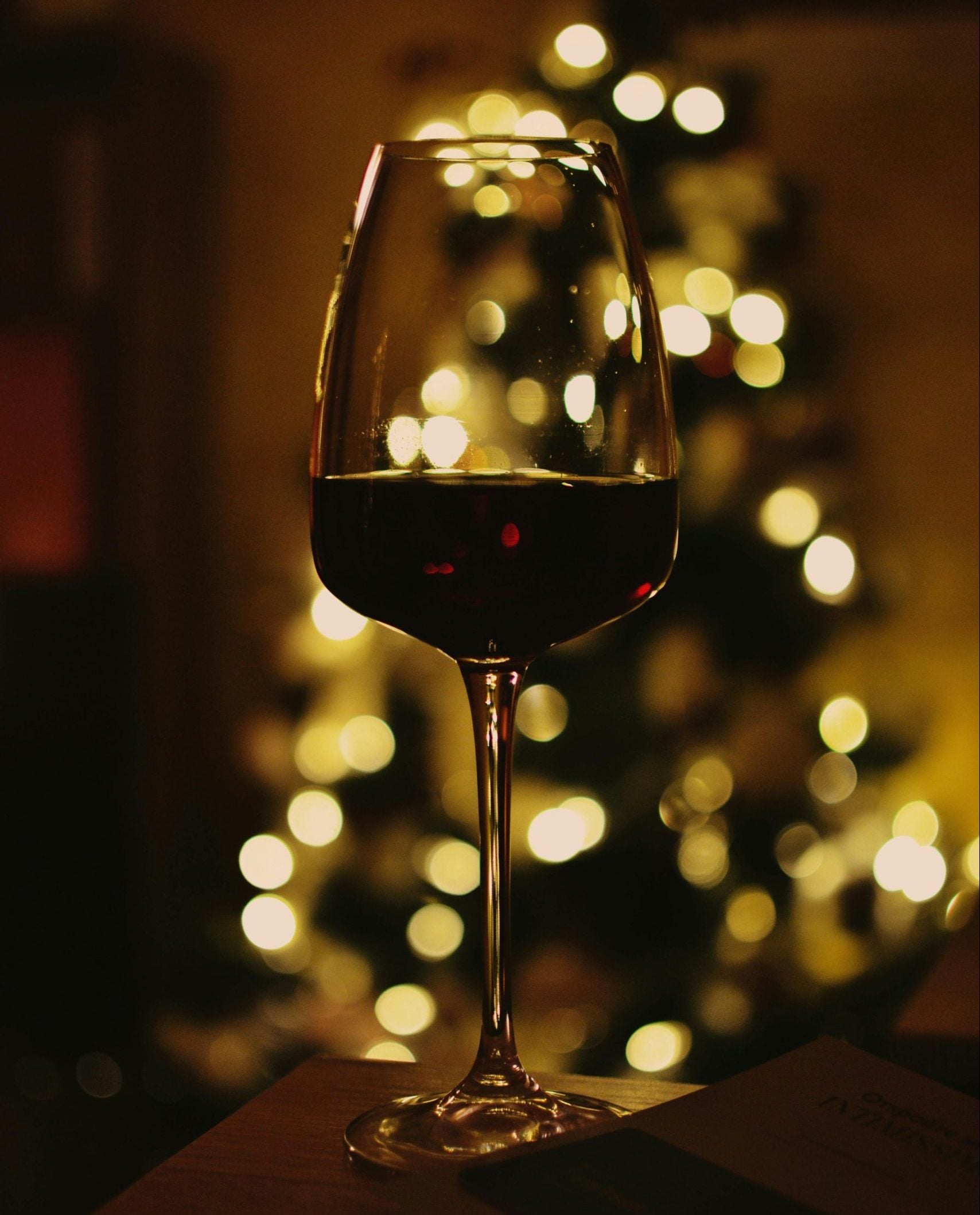 What do sommeliers drink at Christmas?
What do sommeliers drink at Christmas?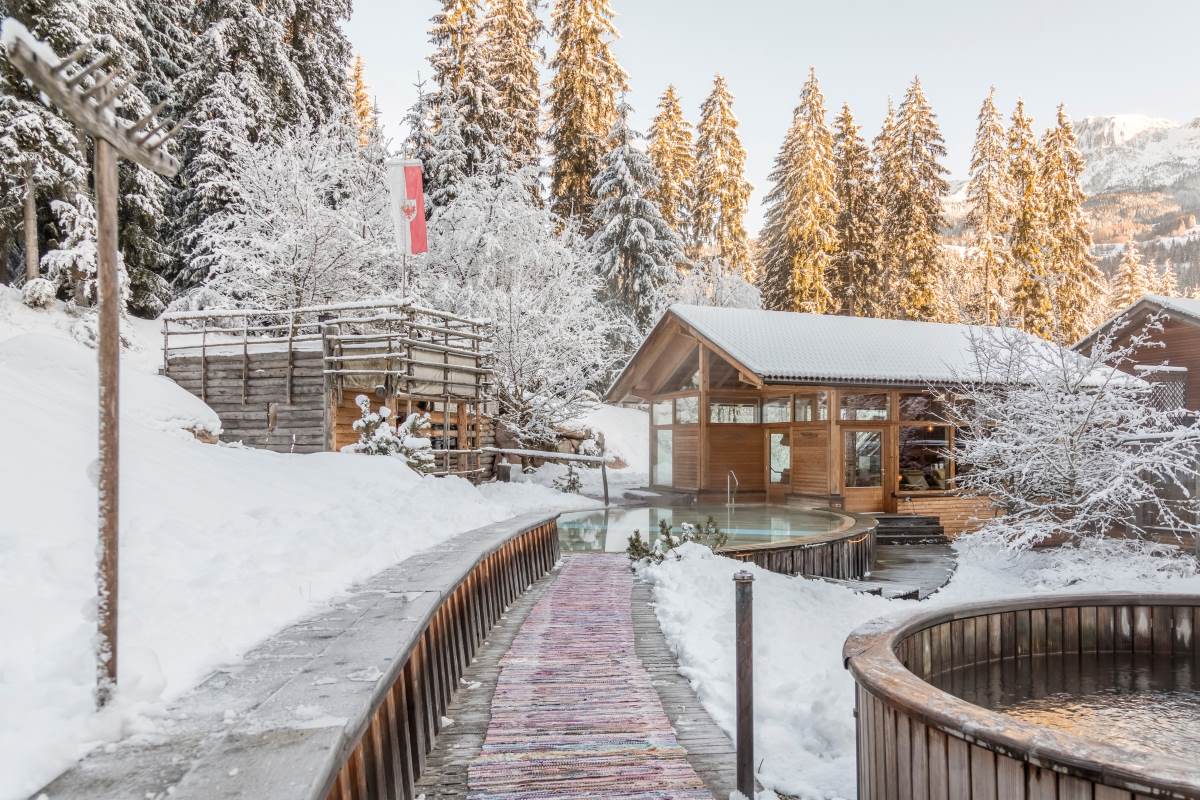 The alpine hotel where you can enjoy outstanding mountain cuisine
The alpine hotel where you can enjoy outstanding mountain cuisine Io Saturnalia! How to celebrate the festive season like an Ancient Roman
Io Saturnalia! How to celebrate the festive season like an Ancient Roman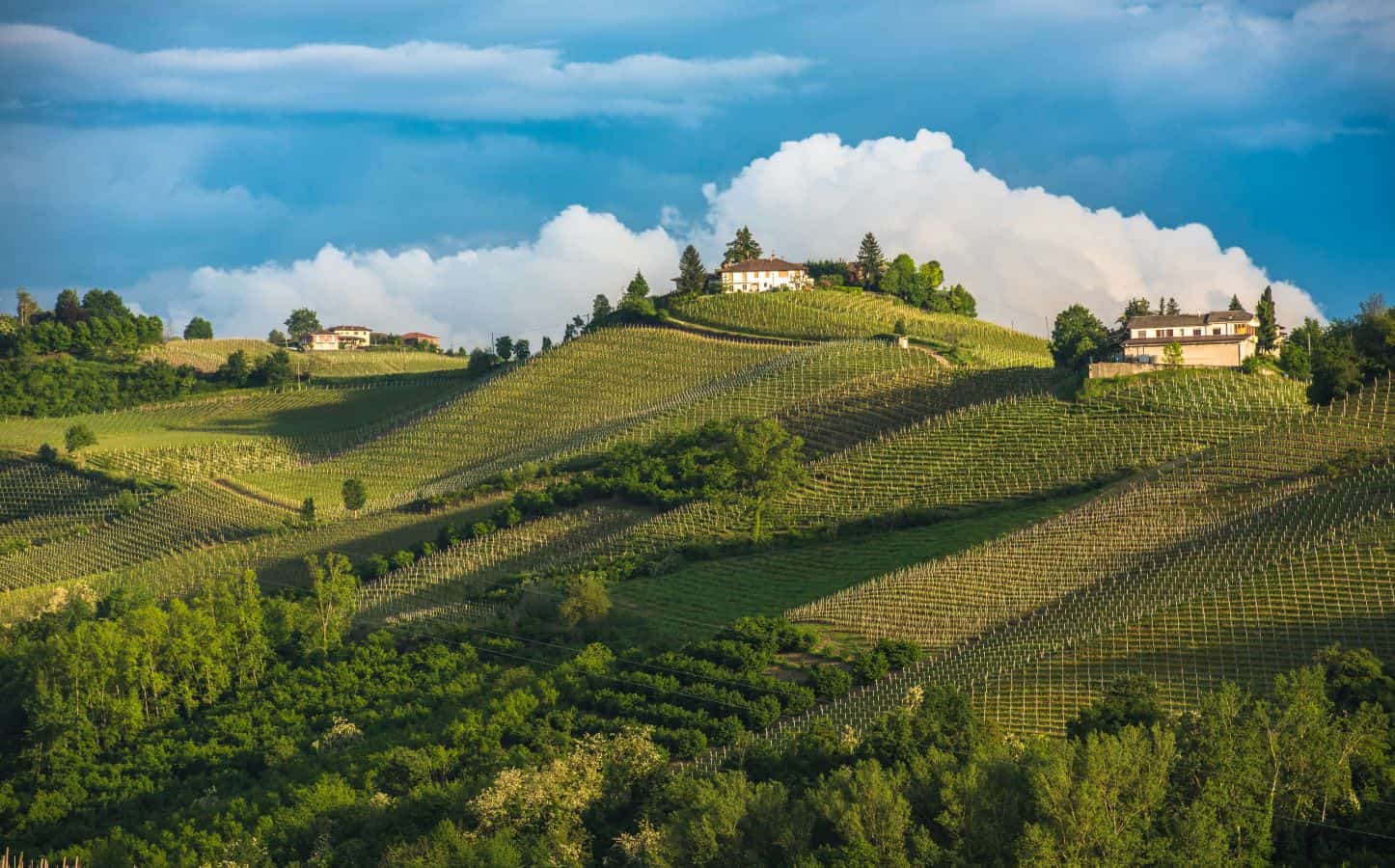 The UNESCO effect: tourism is growing, but there is a risk of losing identity
The UNESCO effect: tourism is growing, but there is a risk of losing identity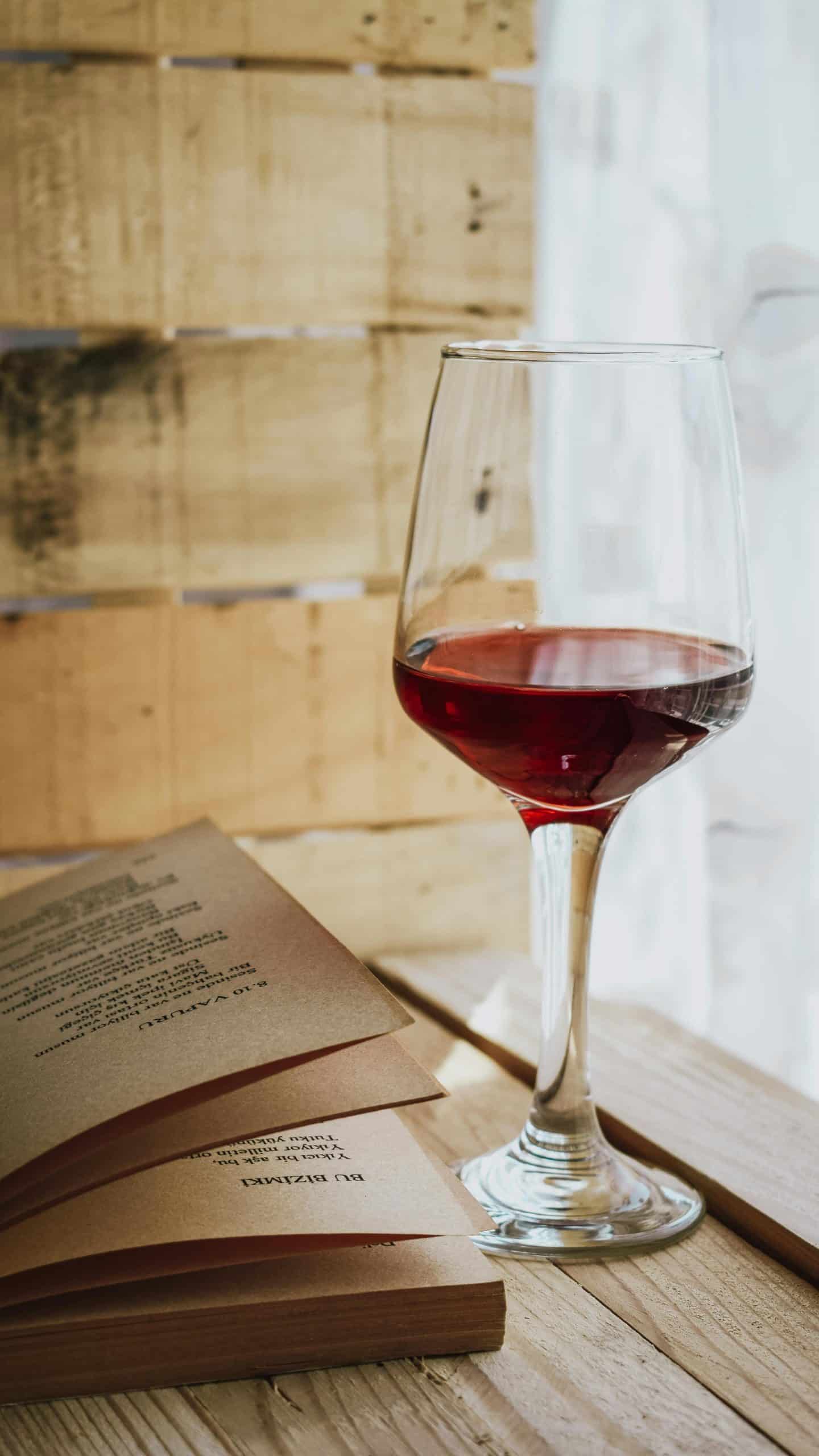 The perfect pairing? Wine and books
The perfect pairing? Wine and books